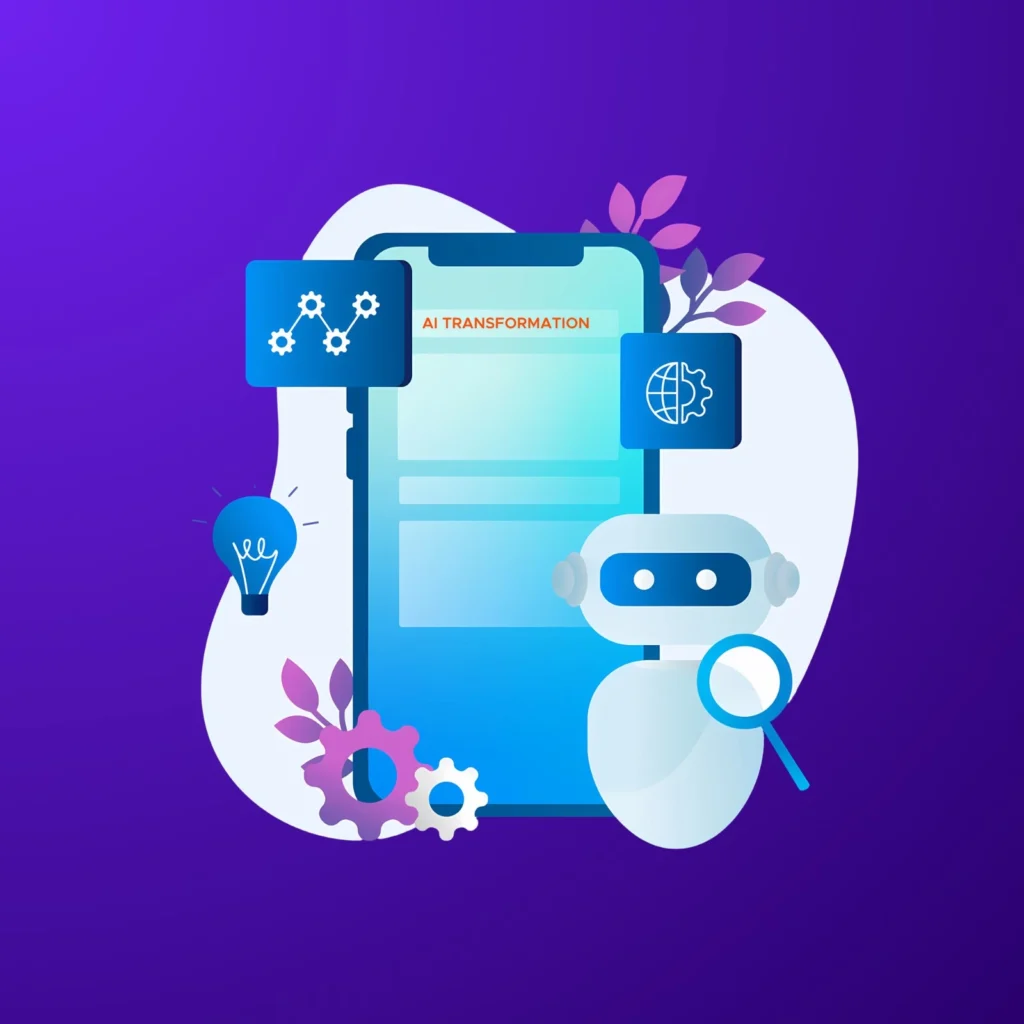The banking industry can be seen wrapped in the blanket of digital transformation today. With a focus on this sector, DaveAI is researching to formulate strategies through an online event that was conducted in partnership with Intel.
“The banking sector is transforming leaps and bounds in order to provide a sophisticated customer experience. Due to the advancement of technology, banks today are able to cater to their audiences seamlessly and provide services even in remote areas.”– Vidya Prabhu, Marketing Head – DaveAI
The central point of discussion in this event was understanding what lies ahead for bank branches in the era of technology.
“The years gone by have seen digital disruption in banking like never before. As we are evolving, so are the bank branches. Banks in India are now trying to cater to a mix of audiences; a generation who is looking for technology-powered services and a generation who is still unaware of tech-based facilities. The need for a physical bank will definitely reduce in the coming years but will not vanish altogether.”–Srimathy S, Executive Director – Indian Overseas Bank
Event Highlights:
1. Better insights to engage with the customer can be achieved with AI. Advanced AI analytics will help identify opportunities to fulfill customer demands and come up with relevant digital financial services. It is important to know what the customer wants and only analysis can give deep knowledge about the same. Location is very important and geography plays a huge role while formulating plans and deploying various banking strategies.
“Continuous engagement of customer is required. Majority of the customers are well versed with the technologies of today and are looking out for more value to be provided to them by the financial institutions. Kiosk-based banking can help serve the customers better. Customer analytics will help serve the customer with increased efficiency. If technology is prevalent, the customer would look at a bank as an advisor instead of the only purpose of regular banking transactions.”– Hareesh Shankrappa, Segment Marketing Manager – VR at Intel Corporation
2. An important aspect of the future of banking would be tokenization. Cryptocurrency is gaining momentum, highlighting the use of blockchain technology in the banking domain. This has also given virtual objects in concepts like Metaverse weightage and is allowing people to trade and conduct real-world activities like purchasing required products, interacting with brands, and building business relations in this emerging world.
3. Micro branch is one solution that can be deployed to fulfill the needs of the consumer to experience phygital. The micro branch is a strategy that optimizes bank branches and digital services to bring together an effective shift. AI-based micro branches are developed to optimize the functioning of banking processes with a human touch. A platform capable of understanding user preferences and recognizing behavioral patterns can be deployed on interactive kiosks to provide real-time assistance to customers.
Visit this page for details:
“AI is fueling new capabilities in digital as well as physical branch banking to achieve key customer outcomes, higher profits and scale personalization to instill omnichannel and rapid innovation cycles in the banking sector.”– Dr. Seong Boon Ngoo, Senior Director of Partners & Alliances in HEC – IoTG
Intel Corporation
Digitalization is opening doors to a new world of transformation. Everybody is familiar with conversational AI in the form of chatbots in this industry today which brings in ease of access. This strategy can be seen to be immensely popular today. Next, Fintech is moving towards the implementation of the Metaverse for virtual sales that would help serve the customer efficiently. Let’s consider a kiosk banking example. The kiosk would not only offer the regular transactions of a bank but can also analyze the customer preferences from the data available to provide assistance in a hyper-personalized way. A Virtual Avatar deployed to give that assistance will allow people to converse in their natural language and make the experience empathetic for the users. So with AI, one solution could be used to deploy facilities for various operations of banking instead of sticking to that one particular task that the customers were used to before. This will help financial institutions witness the desired ROI and provide more value to the customers.
“The BFSI industry is going through a big churn in recent times due to the pervasive nature of retail financial data available. Costs of acquisition and maintenance of physical spaces, along with the complexity of profitable financial products are the biggest challenges the industry is facing. AI-based sales, which means having a minimum human presence at physical locations and replacing the process of acquisition and onboarding with AI-powered micro-branches will be one of the biggest trends in the industry.”– DrAnanthaKrishnan Gopal, Co-founder & CTO – DaveAI
With significant growth in strategies like chatbots in banking, we can surely say that there will be more digital banking solutions in the future that enhance the customer experience and meet the requirements of the evolving times. Whenever a new strategy is being deployed, educating the customers and involving the customer in the design process is essential.
“Studying the market, understanding real pain points of customers, brainstorming the problem statement and arriving at a framework is helping financial institutions to create a unique experience and come up with innovative tech products and services in the domain today.”– Rakesh Bandlamudi, Ex Assistant VP – HDFC Bank
With an emphasis on customer needs, well-researched strategies will ring in more significance to the consumer and bring more efficiency to the domain. With a positive response for digitalization in banking from various industry experts, the future of this domain looks a lot like paperless, cashless, and phygital.
DaveAI boosts Sales for Retail, BFSI, and Automobile Enterprises today.
To know more about DaveAI, click here



